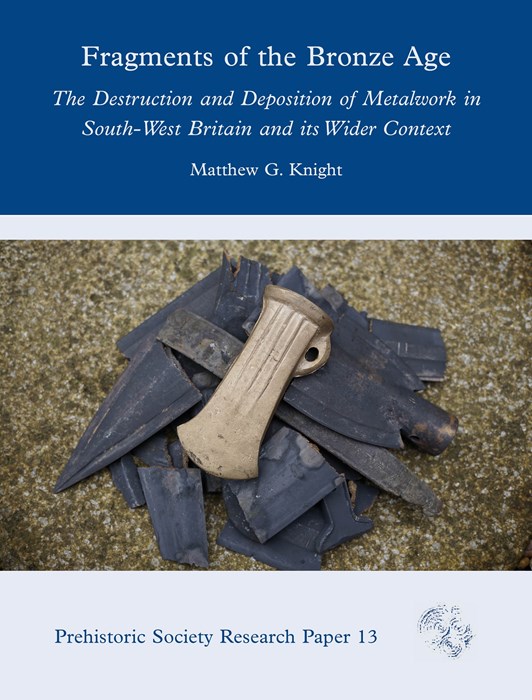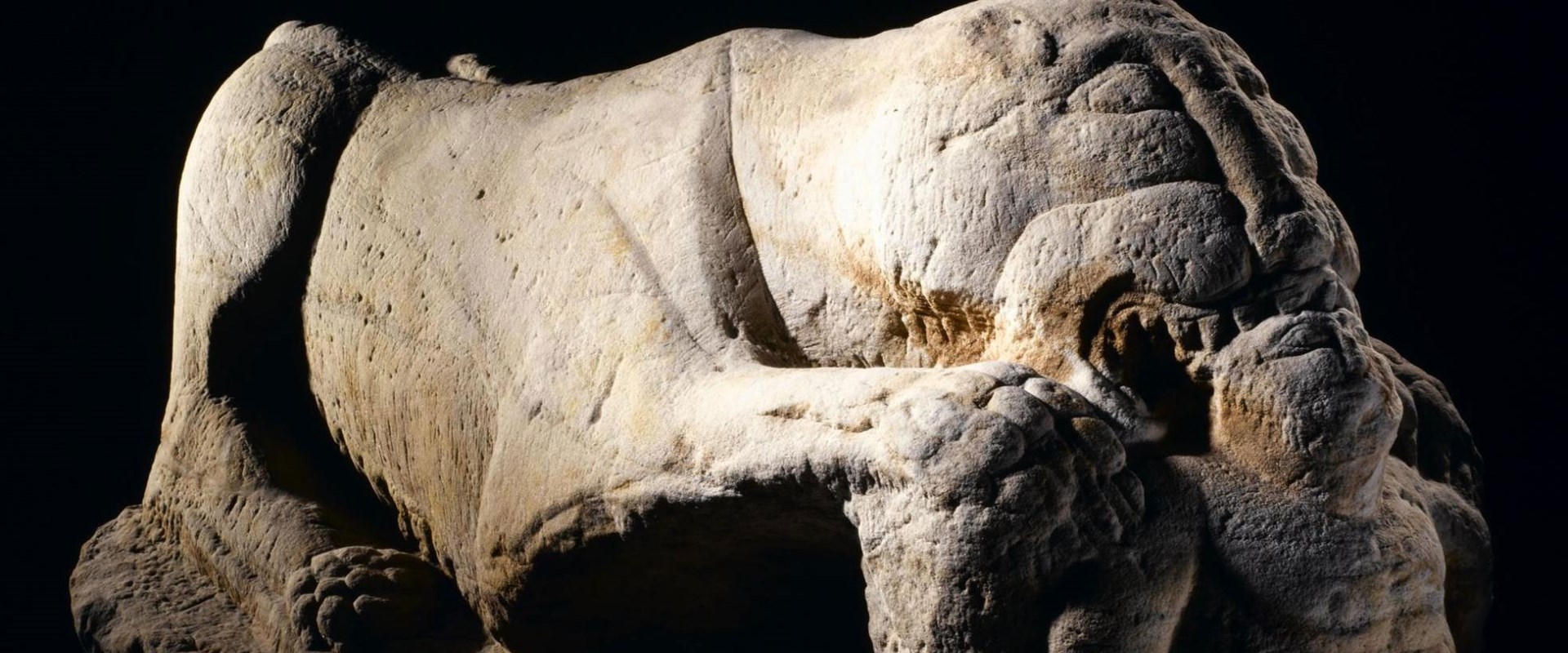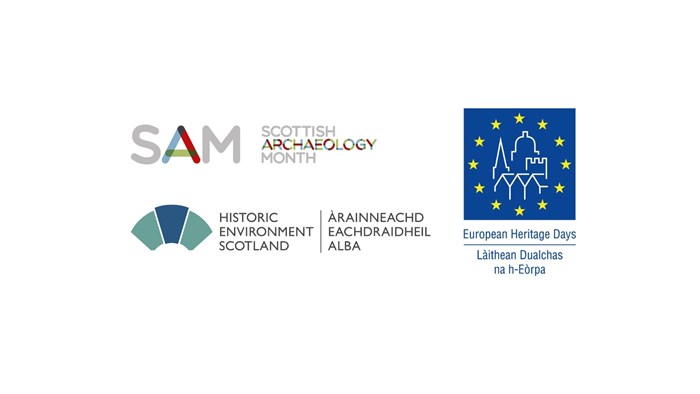Key in a search term below to search our website.
Key in a search term below to search our website.
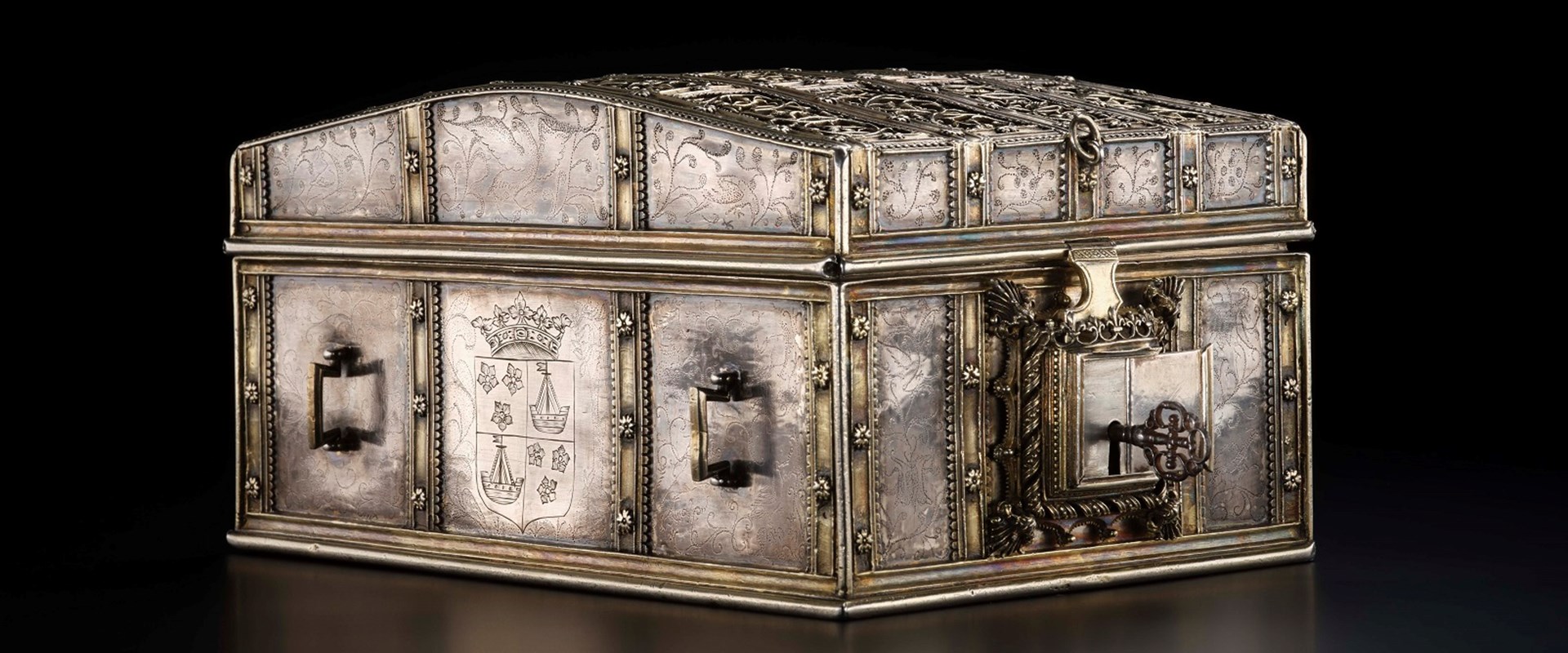
Scottish Archaeology Month 2023 is all about sharing and engaging with the many stories related to history, heritage and archaeology in Scotland.
Scottish Archaeology Month occurs each September. It is an Archaeology Scotland initiative supported by Historic Environment Scotland. In partnership with Doors Open Days and coordinated by the Scottish Civic Trust, it forms Scotland’s contribution to European Heritage Days.
The archaeological collections at National Museums Scotland include some of the key discoveries made in Scotland over the last 250 years. The stories we can tell from these objects shine a light on the lives of people from Scotland’s past.
See the full programme from Scottish Archaeology Month 2023 here.
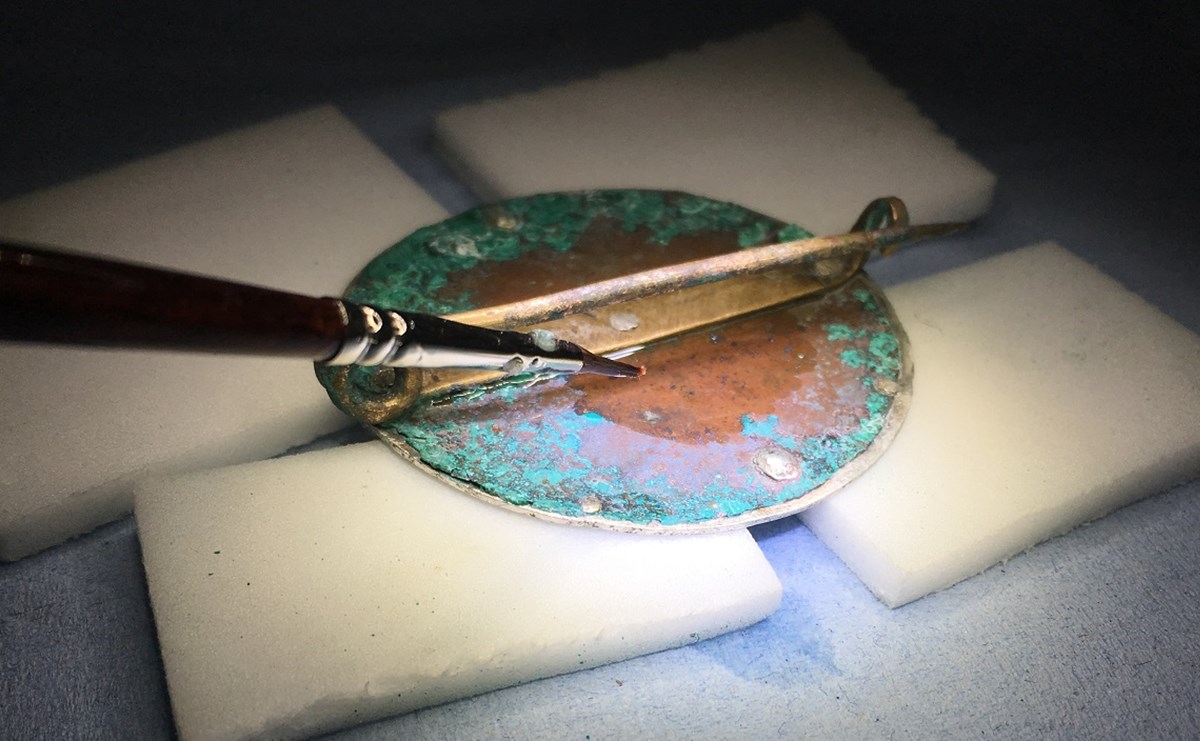
After spending over 1,000 years in the soils of Galloway, it’s no wonder objects from the Galloway Hoard needed some serious work before going on display. Assistant Artefact Conservator Bethan Bryan talks through the complex process of conserving a silver brooch, from mending “mini-volcanoes” of copper erosion to using porcupine quills and algae-derived gels.
Brooching questions: conserving a silver brooch from the Galloway Hoard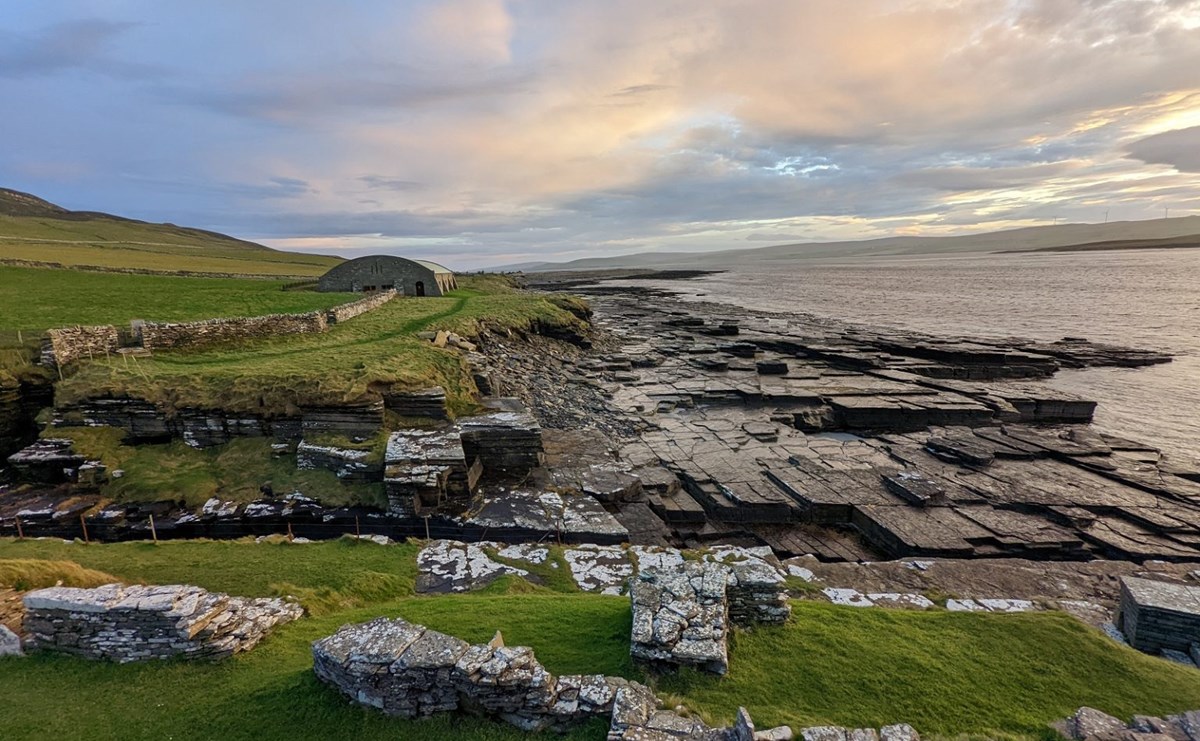
Stone steps washed with waves and selkie songs glitter in the late summer gloaming. Roaring tides sweep in from all sides to batter the shore with ageless determination, steadily devouring the remnants of cairn-raisers, Picts, Norse, and crofters with equal indifference. Here, along the shores of the Eynhallow Sound in Orkney, eras and elements build into an unforgettable chorus. Join Digital Media Content Producer David C. Weinczok on a journey along the shores of Orkney’s Eynhallow Sound.
Objects in Place: the Eynhallow Sound, Orkney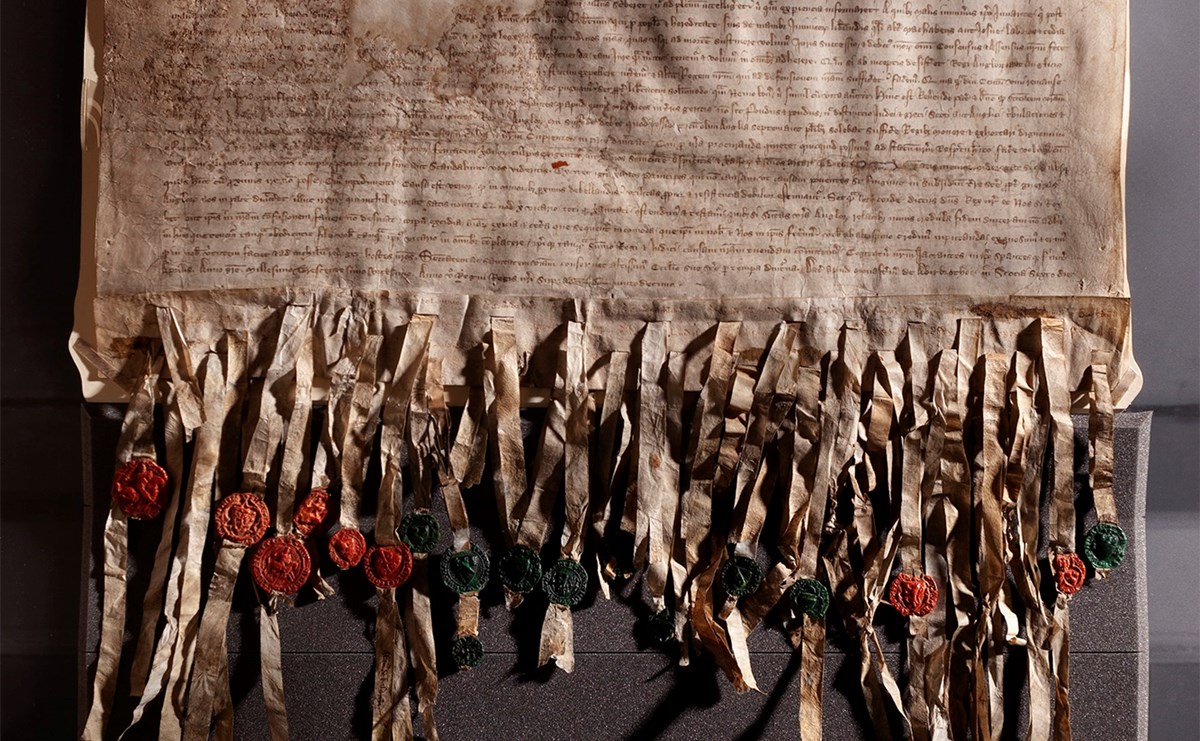
The Declaration of Arbroath may be one of Scotland’s most important historical documents, yet there are still several open questions about its origins, composition, and influence. Dr Alice Blackwell, Senior Curator of Medieval Archaeology and History, addresses some of the common questions about the Declaration of Arbroath. The Declaration was on display at the National Museum of Scotland from June to July 2023.
An essential guide to the Declaration of Arbroath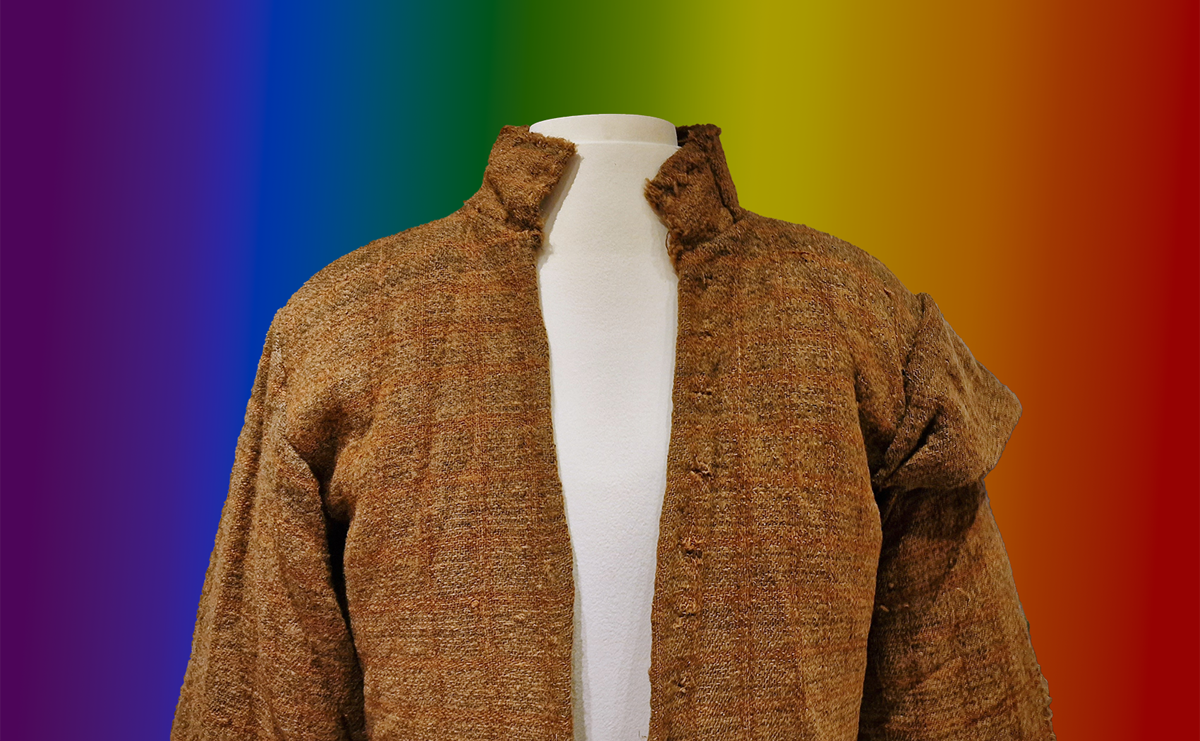
In our Orientations series, members of the LGBTQIA+ community explore an object that resonates with their identity. We know our collections are filled with queer stories but often they can be hard to find (and even harder to prove). In looking for representation in museums, Joe Setch explores how the apparent absence of these stories can allow our imaginations to touch on queer histories in a different way.
Read the blog post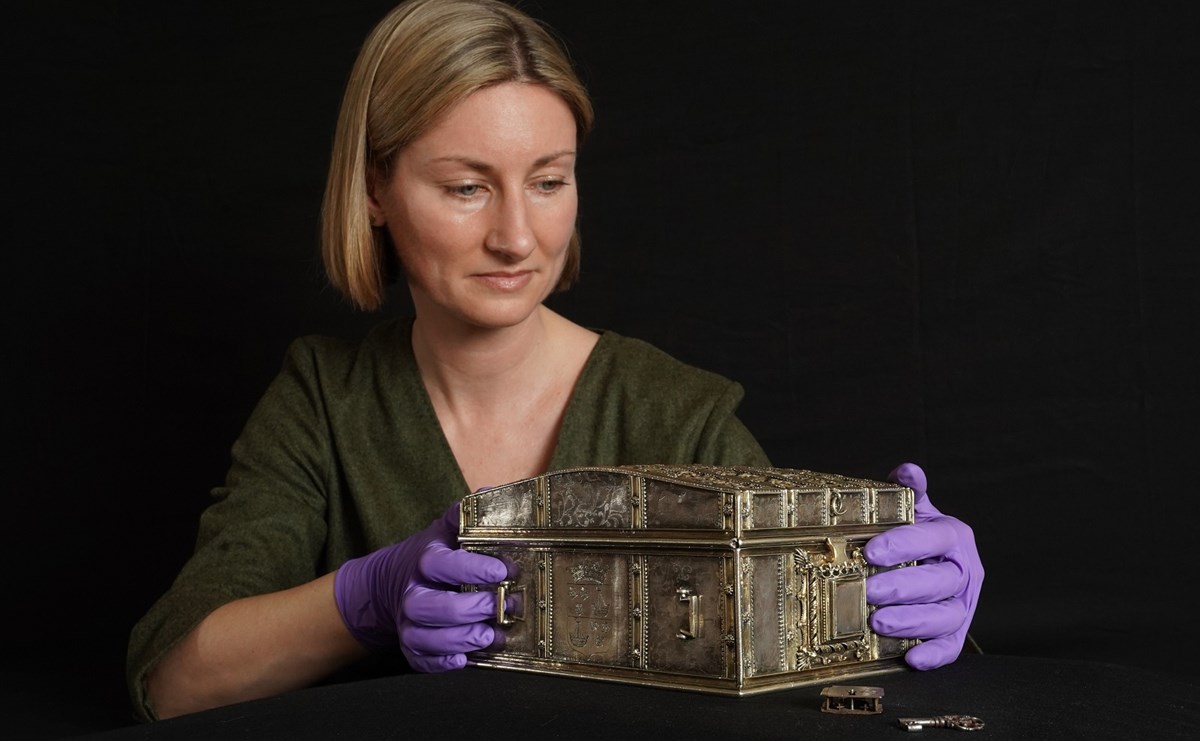
The Mary, Queen of Scots Casket is one of Scotland’s most cherished treasures, thanks to its long-standing association with the controversial queen. Take a closer look at this extremely rare work of early French silver and its associations with Mary, Queen of Scots.
Mary, Queen of Scots and the silver casket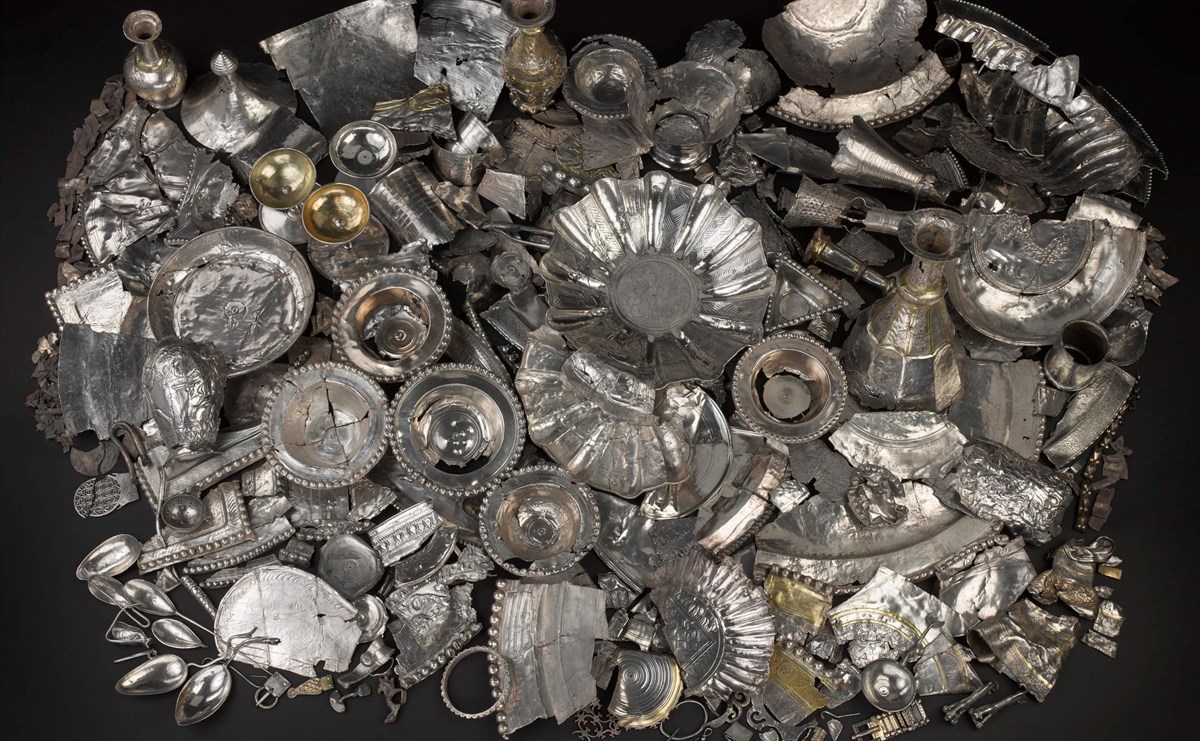
One of the greatest treasures of our museum is the late Roman silver hoard from Traprain Law in East Lothian, which fills three display cases in the Early People gallery. Now, more than a century after its discovery, we’ve published a big new book full of fresh stories and insights about it. Co-editor Dr Fraser Hunter, Principal Curator of Prehistoric and Roman Archaeology, reflects on new findings and the continuing story of the Traprain Treasure.
The many lives of the Traprain Treasure's Roman silver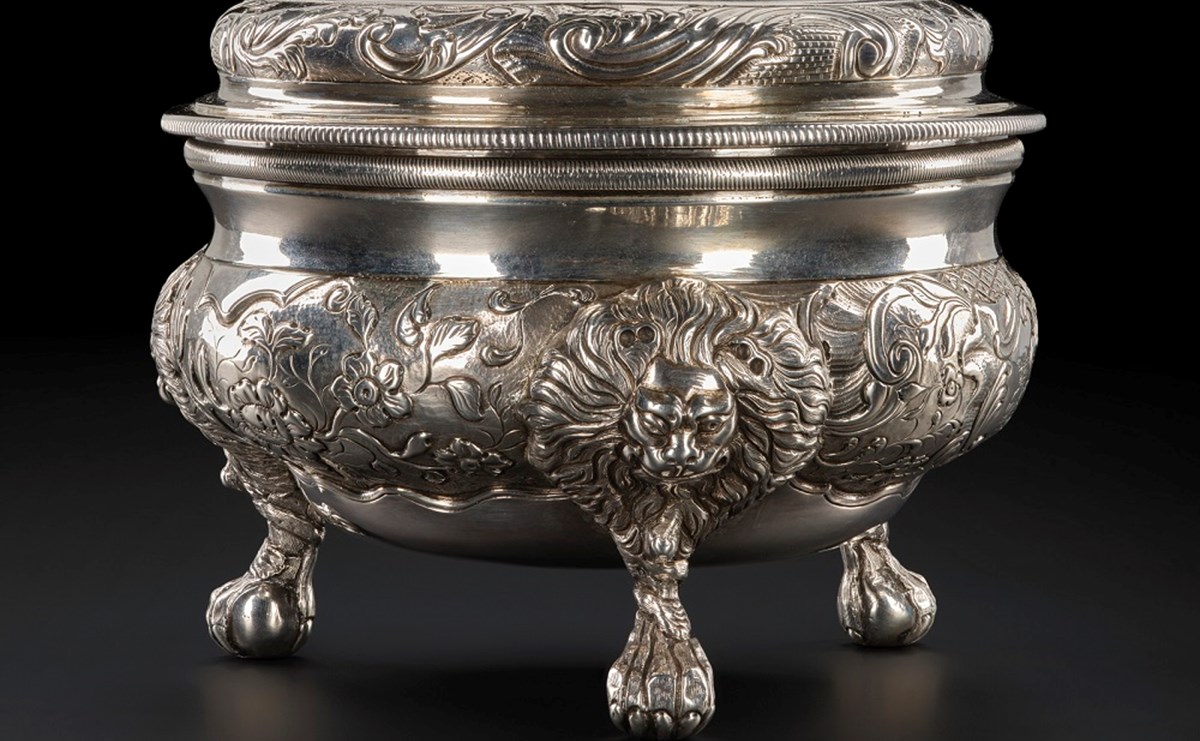
A large and important collection of silver objects made in eighteenth century Jamaica, when it was subject to British colonial rule, was generously bequeathed to the National Collection by Robert Barker in 2021. Learn how Barker identified the silver as originating in Jamaica rather than in Scotland as previously thought.
Jamaican Silver bequeathed by Robert Barker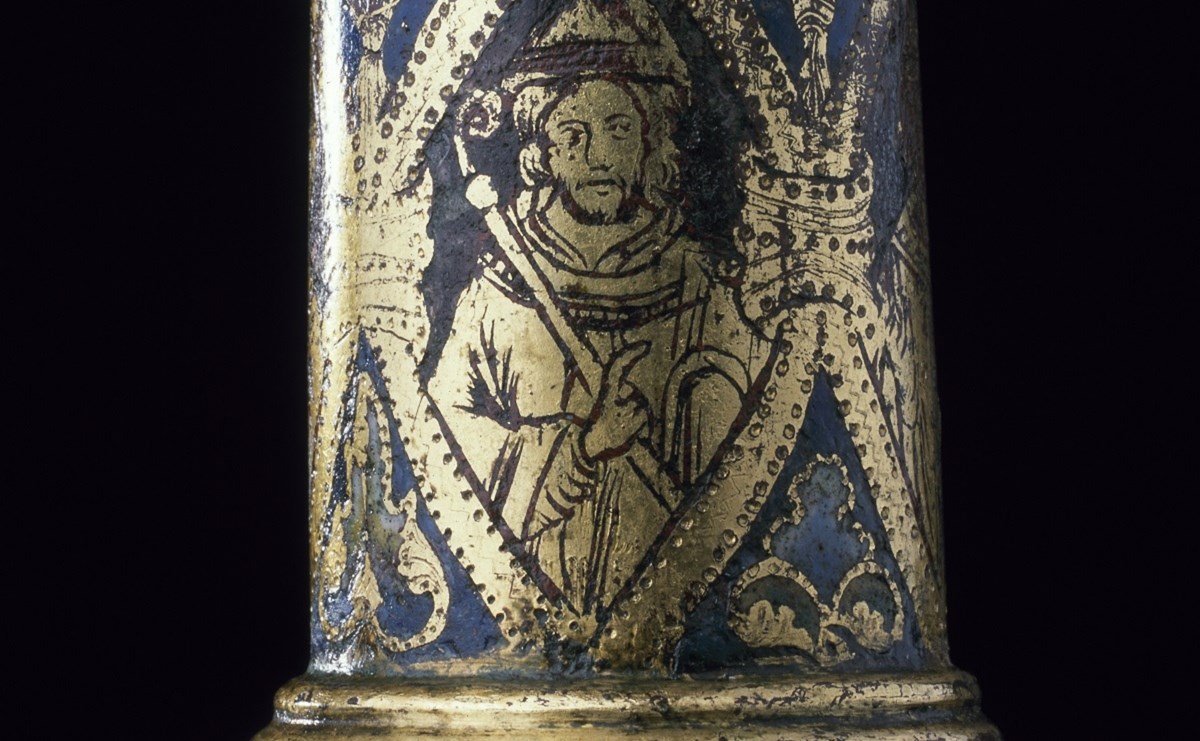
Come face to face with medieval Scotland’s religious elite with new facial reconstructions from Whithorn, Galloway.
Learn more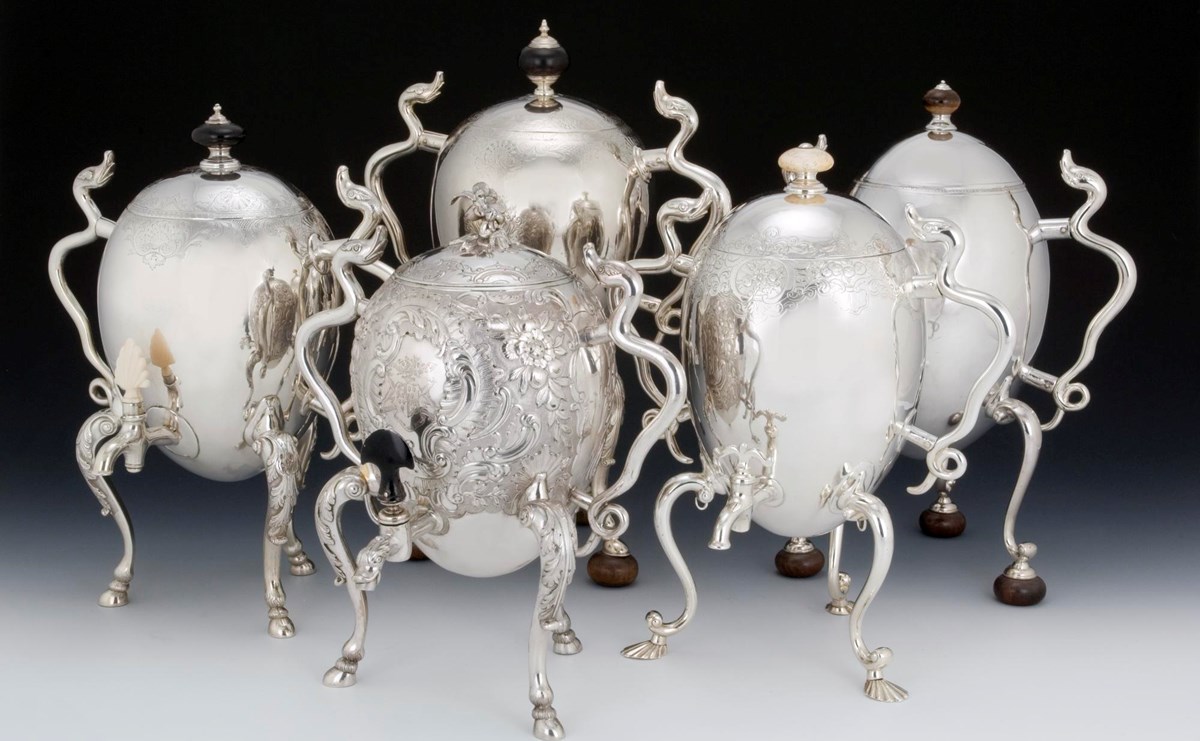
Uniquely Scottish Silver brings together five distinct Scottish silver object designs: mazers, quaichs, thistle cups, ovoid urns and heart brooches. The display is at the National Museum of Scotland until 26 May 2024.
Uniquely Scottish Silver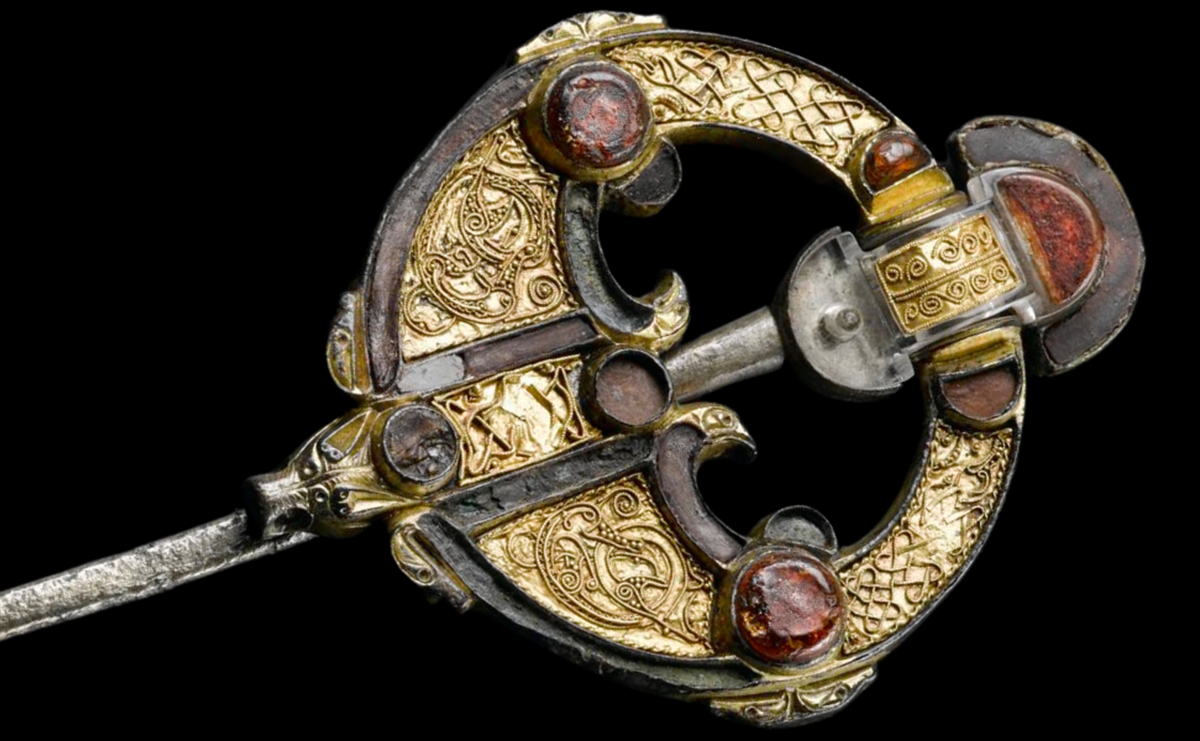
In 1963 what started as an effort to bury a cow led in Rousay, Orkney, led to the rare discovery of a cemetery of Pictish and Viking graves. Join Dr Adrián Maldonado, Galloway Hoard Researcher at National Museums Scotland, and Professor James Graham-Campbell and Caroline Paterson, who are currently preparing a new book on the Westness Viking cemetery, to learn more about their latest findings.
This event is exclusive the National Museums Scotland Members.
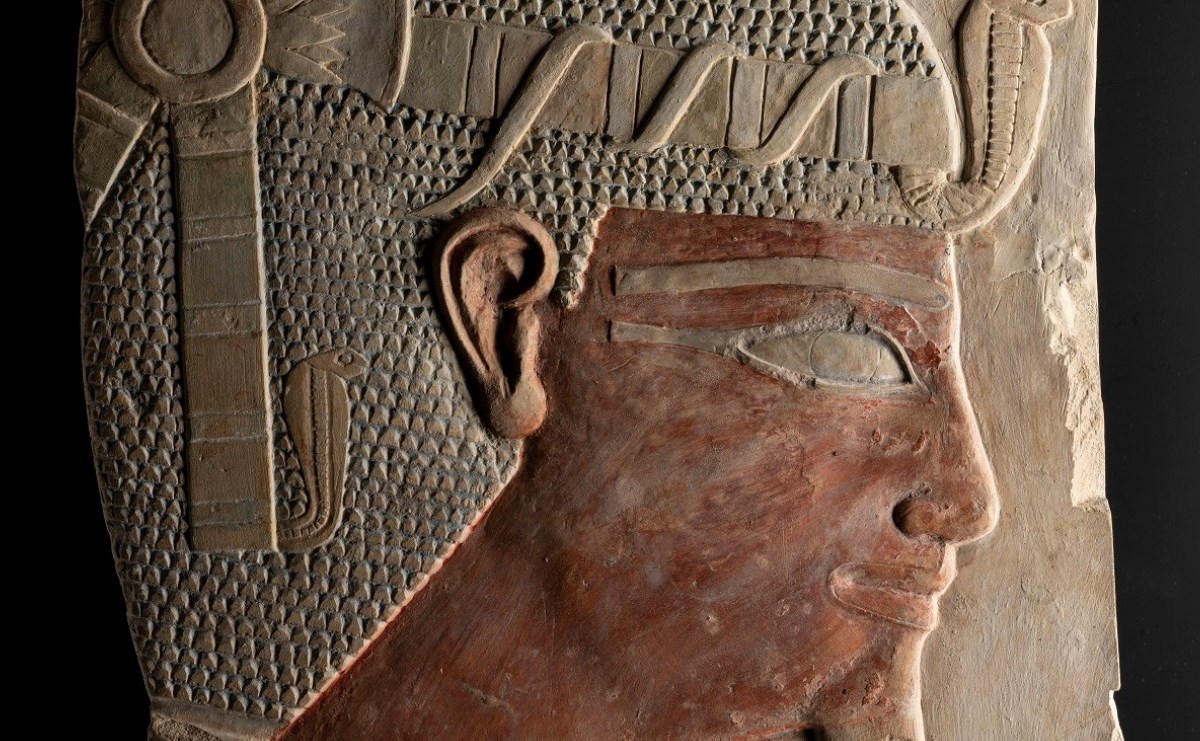
Where did the ancient Egyptian collections in National Museums Scotland come from? How did they get here? Dr Dan Potter will share insights into the buying and selling practices of four archaeologists: Edwin Ward, Charles Trick Currelly, John Garstang and William Matthew Flinders Petrie. Dan will also discuss how the transactions made by these men were perceived financially and ethically, and what that might mean for Egyptology today.
Buying Power: British Archaeology and the Antiquities Market in Egypt and Sudan 1880–1939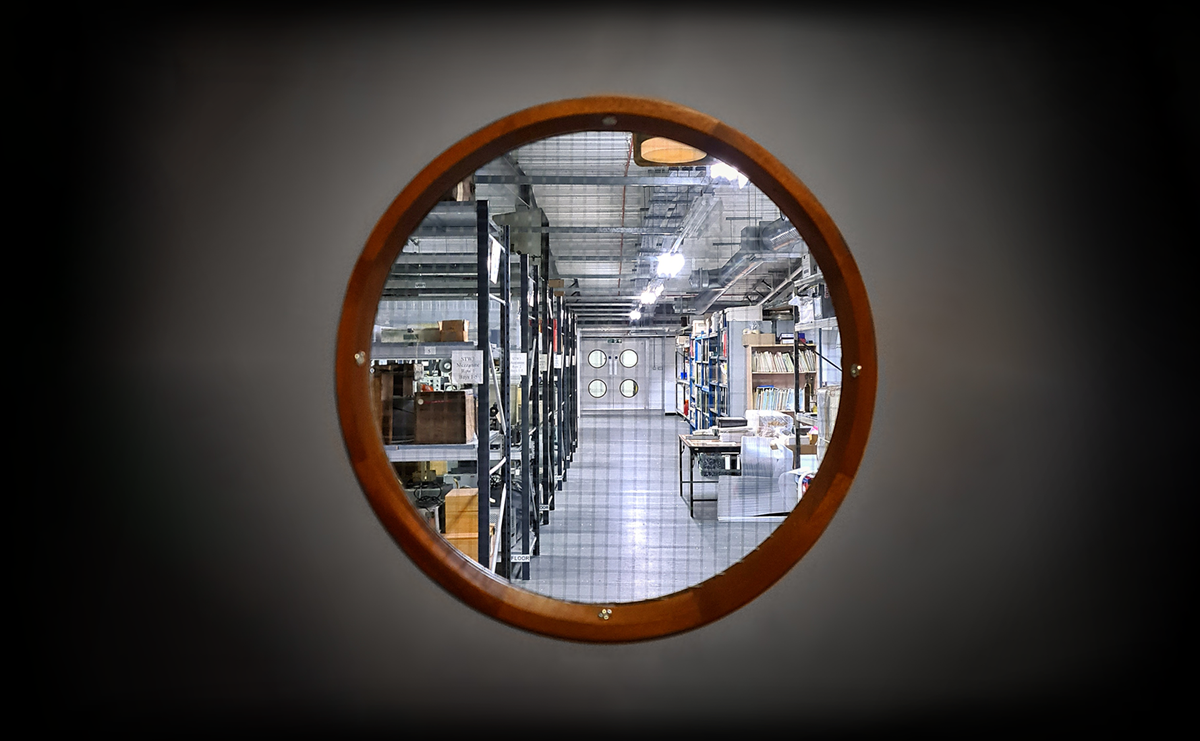
Go behind the scenes on a tour of our state-of-the-art collections and research centre in Granton, Edinburgh. Discover the secrets of how we store our Natural Sciences, Science & Technology and Scottish History & Archaeology collections, and find out how these objects and specimens are used in international research. This is an in-person event at the National Museums Collection Centre in Granton, Edinburgh, for those aged 14 and over.
Collection Centre Tours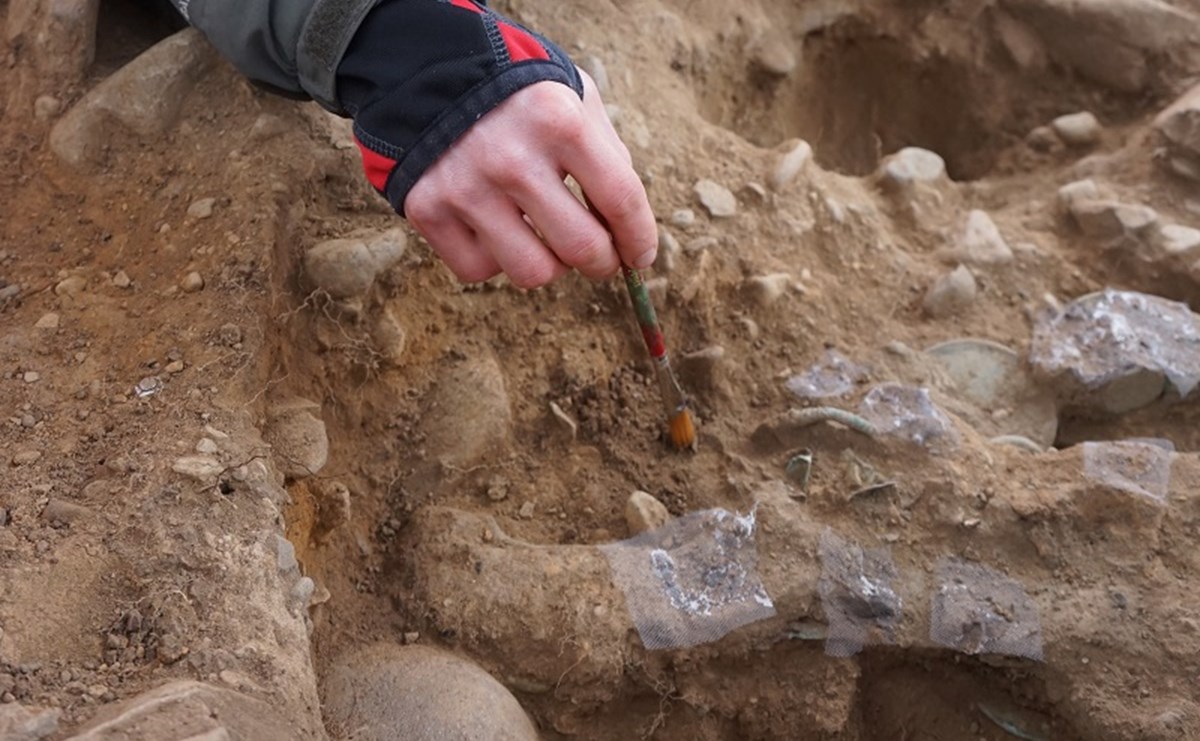
Treasure Trove ensures that significant objects from Scotland's past are preserved in museums for public benefit. Any archaeological finds must be reported to Treasure Trove, and the Treasure Trove Unit is now able to meet with finders at the National Museum of Scotland to receive and assess finds. Have you found something? Get in touch here.
Treasure Trove Scotland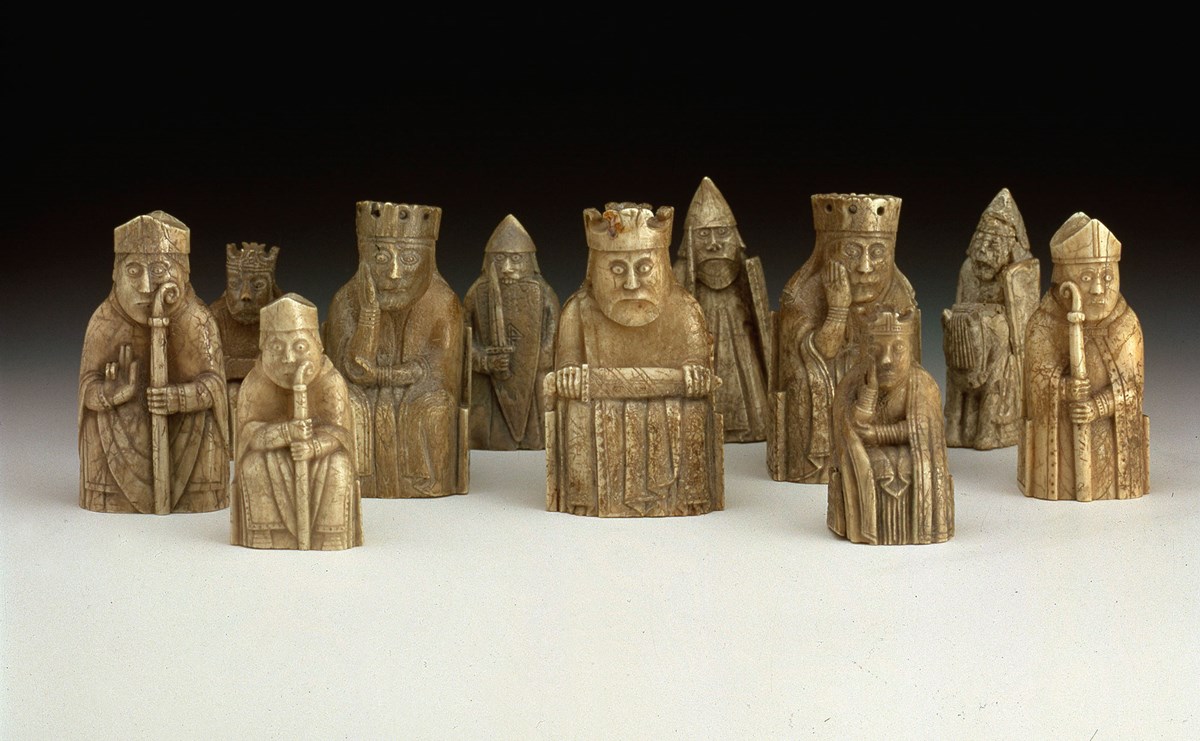
Our Scottish History and Archaeology department cares for the largest collection of its kind anywhere, and aims to be a comprehensive record of the life, times and achievements of the people of Scotland at home and abroad. Meet our experts and browse the collections from Early Prehistory to Contemporary acquisitions.
Scottish History and Archaeology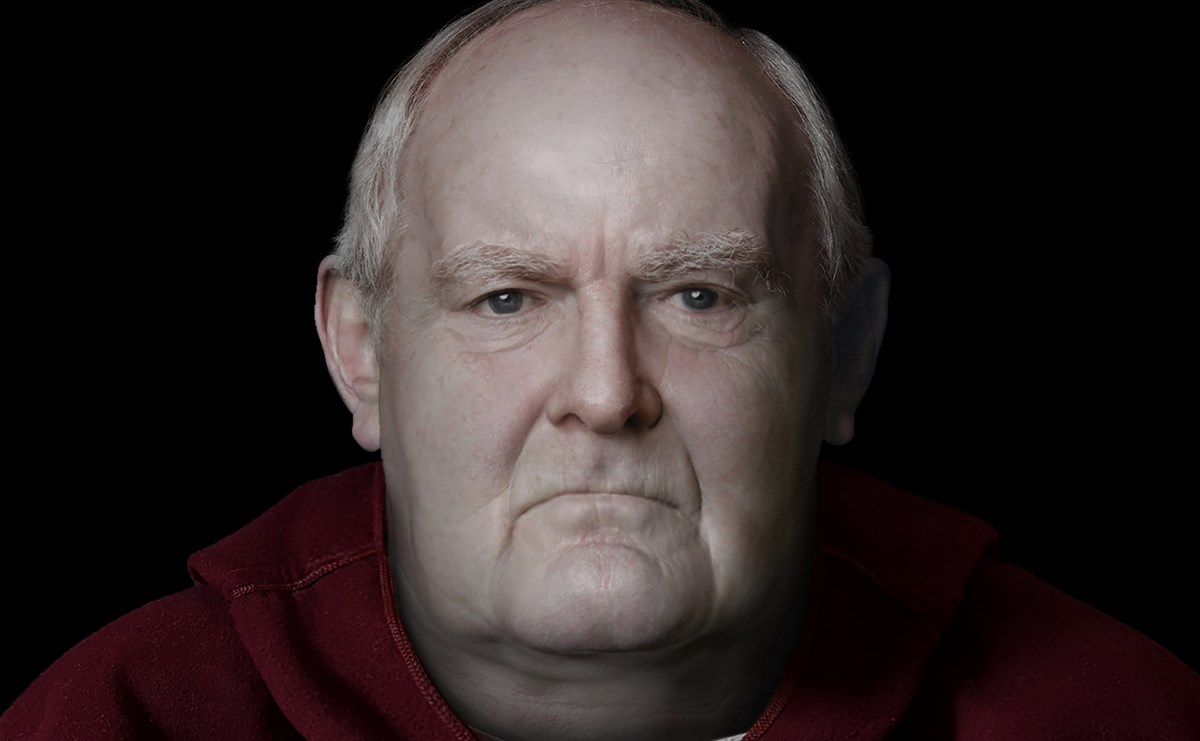
Human remains collections give us an intimate connection with people of the past. This resource, created in partnership with Historic Environment Scotland, focuses on Scottish archaeological collections of human remains resulting from recent and historic excavations though many of the topics will apply more broadly.
Archaeological Human Remains Collections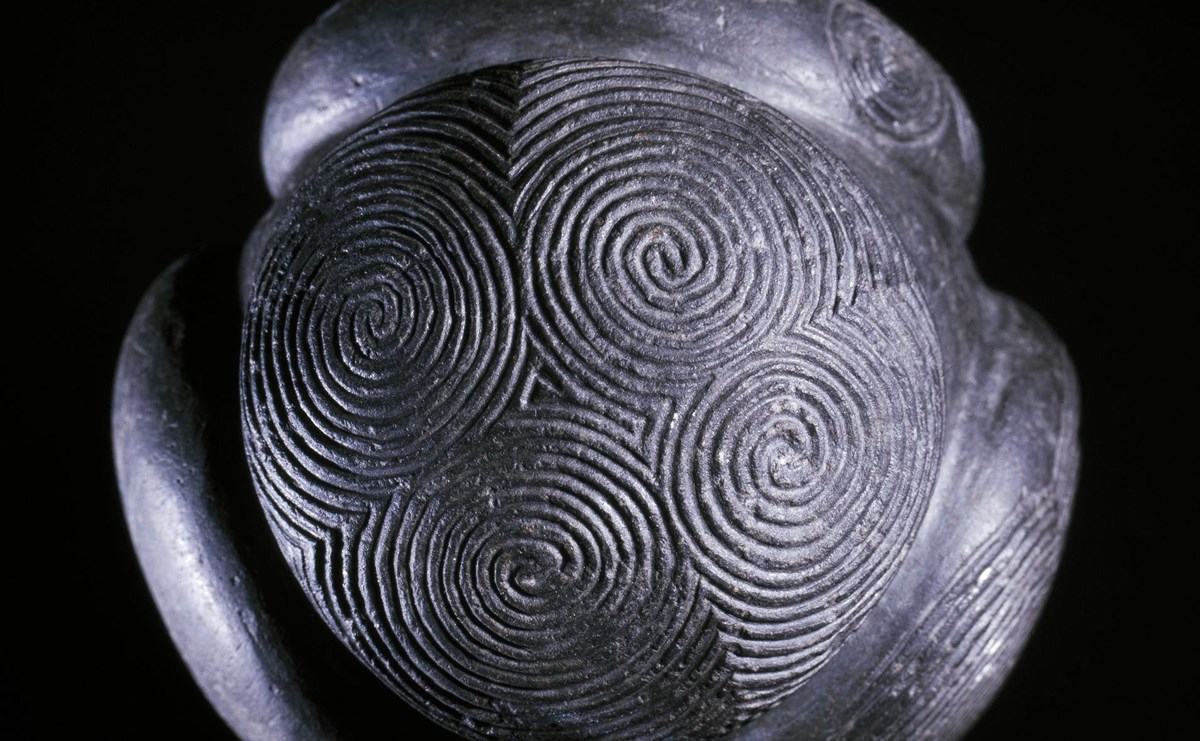
The Finds Hub links digital information about archaeological finds to the places those finds were made. The Finds Hub currently contains records of over 42,000 objects from across Scotland, but most have not yet been linked to their find site. Can you help to fill in the gaps?
Anyone interested in Scottish Archaeology can use and contribute to the Finds Hub. What will you find?
Chart the course of a formative period of Scottish history when kingdoms rose, fell, fused, and grew into the lines on the map we recognise today. Drawing on new research from one of the most significant collections of Viking-age objects in the world, this book sheds light on an often misunderstood period of Scotland's past.
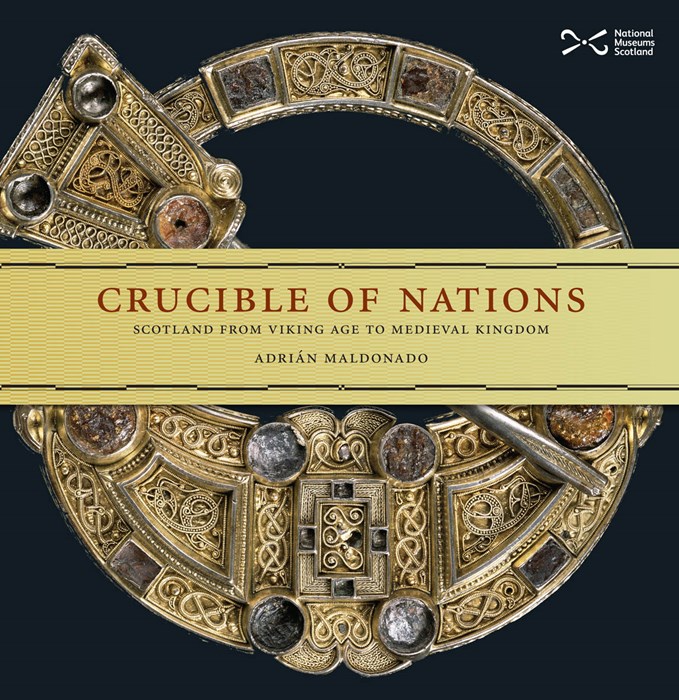
Excavated from Traprain Law, East Lothian, Scotland, in 1919, was one of the most spectacular discoveries of Roman silver ever made in Europe – and the biggest hoard of ‘hacksilver’: 23kg of silver, battered, crushed and chopped up. An international team of scholars has reviewed the hoard’s origins and manufacture, its use as elite tableware, its hacking and later reuse.
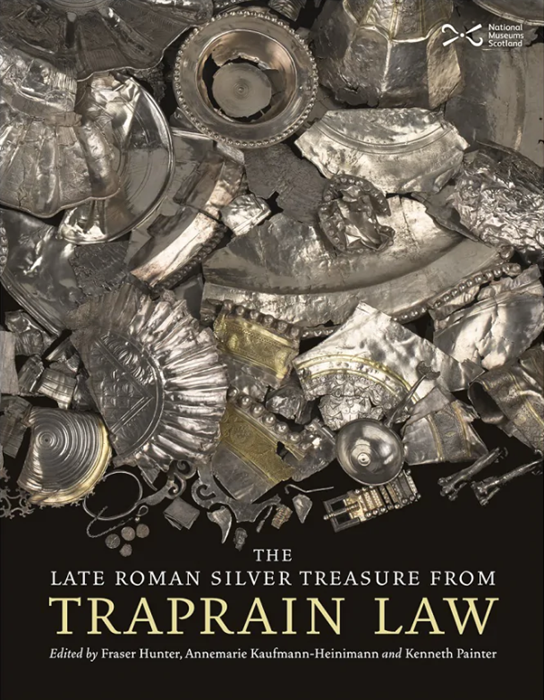
Damaged Bronze Age objects give us new perspectives on the dynamics of the past and the people involved in their creation, destruction, and memory. Drawing on experimental archaeology, this study develops a framework for assessing what can be considered as deliberate destruction through an examination of metalwork in south-west Britain. Read about 'broken' Bronze Age objects found in Scotland in Dr Knight's blog post.
